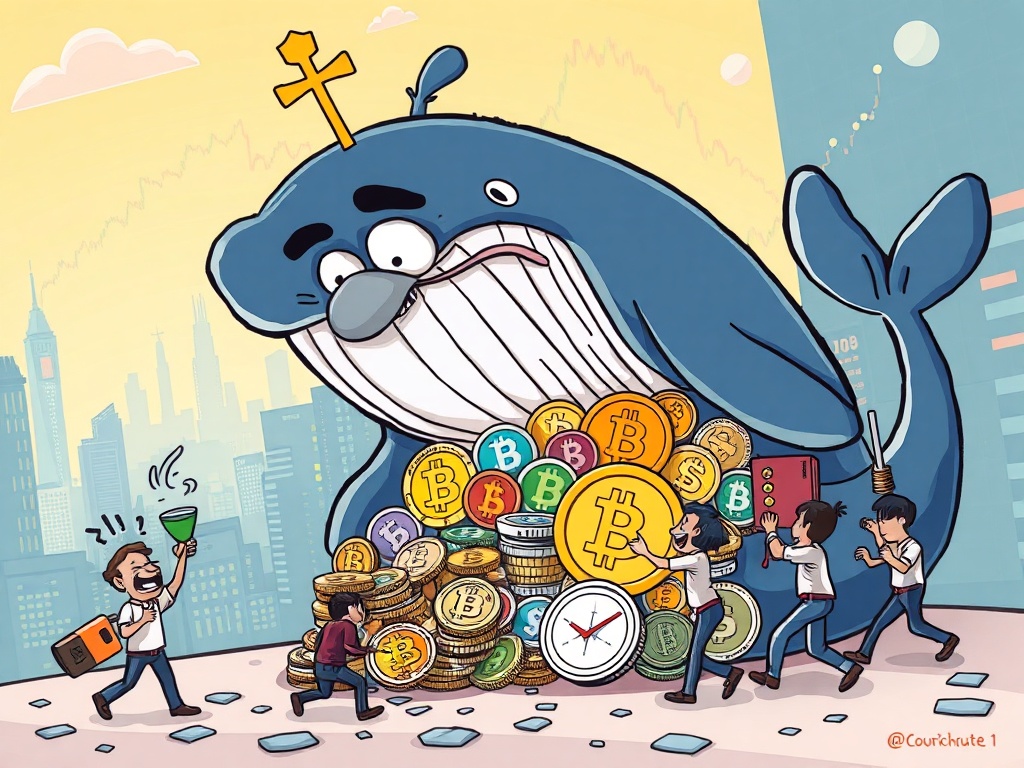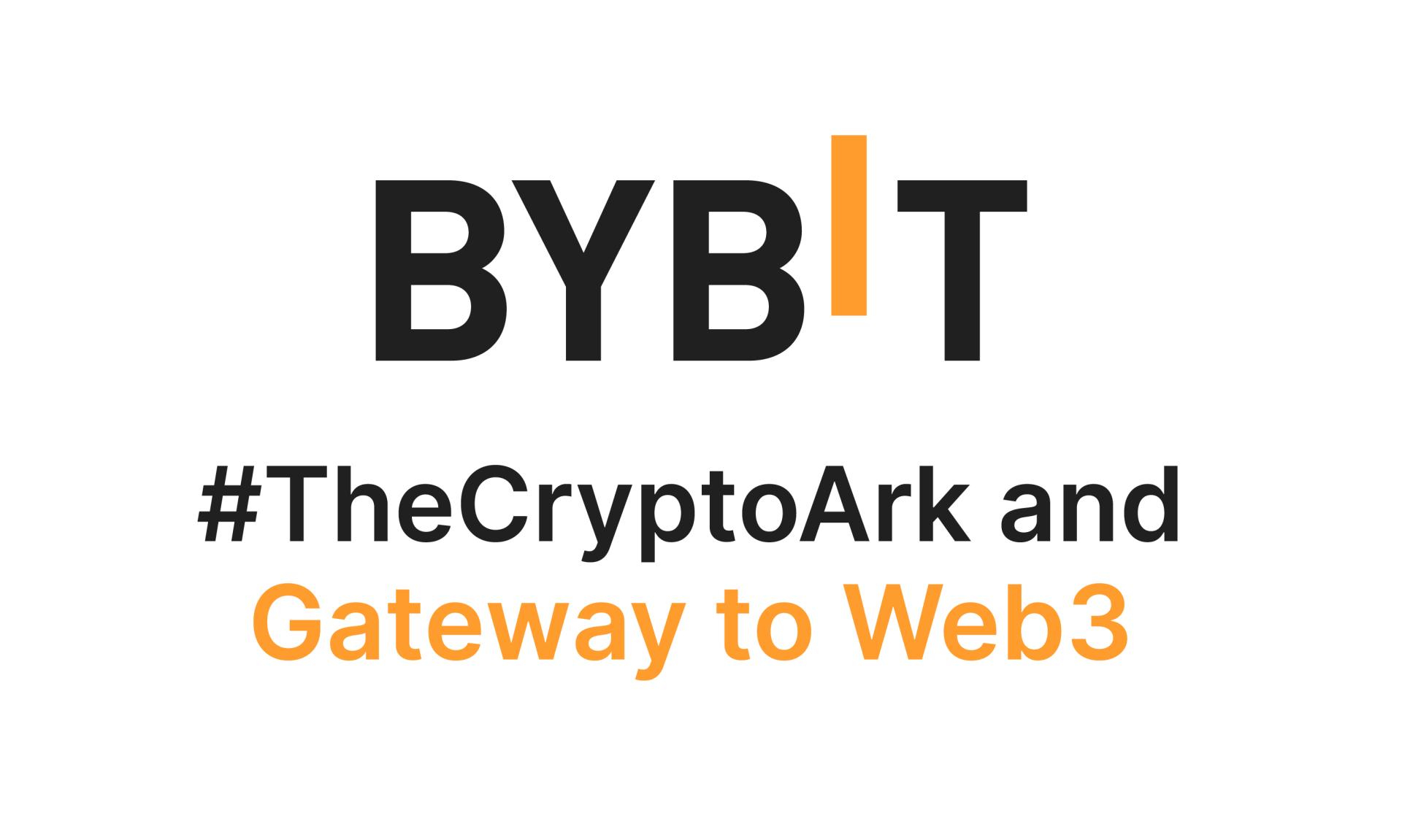BitcoinWorld

Binance Retail Flow: Crucial Divergence as Whales Accumulate Amidst Retail Selling
In the fast-paced world of cryptocurrency, understanding market dynamics is paramount. Recently, a significant divergence in investor behavior has emerged, particularly visible through Binance retail flow data. While many individual investors appear to be retreating, larger players, often referred to as ‘whales,’ are quietly making strategic moves. This intriguing contrast paints a complex picture for the crypto market, especially as we approach critical macroeconomic events like the Federal Open Market Committee (FOMC) meeting.
Unpacking the Binance Retail Flow Data: What’s Happening?
The latest insights from CryptoQuant contributor Amr Taha have shed light on a noteworthy trend: Binance’s net taker volume has turned deeply negative. For those unfamiliar, ‘net taker volume’ essentially measures the aggression of buyers versus sellers in the market. A negative reading indicates that sellers are dominating, pushing prices down, and that a significant portion of trading activity originates from market orders that immediately execute against existing limit orders.
- Increased Retail Selling: This negative net taker volume is largely attributed to retail investors. Many smaller traders appear to be selling off their holdings, possibly due to uncertainty, profit-taking, or fear of further downturns.
- Growing Short Positions: Alongside direct selling, there’s also an observed increase in retail traders opening short positions. This means they are betting on asset prices to fall, hoping to profit from a decline. Such behavior often reflects a bearish sentiment among this segment of the market.
- Market Sentiment Indicator: The collective actions of retail traders, as seen in the Binance retail flow, often serve as a strong indicator of broader market sentiment among the general public. When retail turns bearish, it can signal a period of consolidation or correction.
This data from Binance, one of the world’s largest cryptocurrency exchanges, offers a real-time snapshot of how millions of individual participants are reacting to current market conditions. It’s a critical piece of the puzzle for anyone trying to understand the immediate pressures on crypto asset prices.
The Silent Giants: How Whales Are Shaping the Binance Retail Flow Narrative
While retail investors exhibit caution, a starkly different pattern is emerging from the ‘whale’ cohort. These are large-scale investors, often with substantial capital, whose movements can significantly influence market direction. Contrary to retail selling, whales are showing clear signs of accumulation. This behavior is typically observed through two key indicators:
- Stablecoin Deposits: Whales are depositing significant amounts of stablecoins (like USDT or USDC) onto exchanges. This action suggests they are preparing to buy cryptocurrencies, as stablecoins are often used as a gateway to acquire volatile assets without exposure to fiat currency fluctuations. It’s akin to loading up their war chest for future purchases.
- Bitcoin (BTC) Withdrawals: Concurrently, there’s an increase in BTC withdrawals from exchanges by whales. When large amounts of Bitcoin are moved off exchanges into private wallets, it generally indicates a long-term holding strategy. Investors typically withdraw assets to cold storage when they intend to hold them for an extended period, rather than actively trade them. This reduces the immediate selling pressure on exchanges.
This dual behavior – depositing stablecoins and withdrawing BTC – paints a compelling picture of smart money positioning. It suggests that while retail fears a downturn, whales are viewing current prices as an opportune moment to accumulate assets, potentially anticipating future appreciation. This divergence in behavior, where the Binance retail flow shows selling and whale activity shows buying, is a classic sign of market tops and bottoms in traditional finance, now mirrored in crypto.
FOMC and the Macro Backdrop: Influencing Binance Retail Flow and Beyond
The broader economic landscape, particularly the decisions made by the Federal Reserve, plays a monumental role in shaping investor sentiment and capital flows across all markets, including cryptocurrency. Today’s FOMC meeting is a focal point for many, and recent U.S. jobs data has significantly influenced expectations.
Strong U.S. jobs data typically indicates a robust economy. In the context of monetary policy, this often supports the Federal Reserve’s stance to maintain or even raise interest rates, as a strong job market can contribute to inflationary pressures. However, the prevailing expectation for today’s FOMC meeting is that the Fed will hold interest rates steady. This ‘wait and see’ approach is crucial because:
- Predictability for Risk Assets: A steady rate environment provides a degree of predictability for risk assets like cryptocurrencies. When rates are stable, the cost of borrowing doesn’t increase, and the allure of safer, yield-bearing assets (like bonds) doesn’t significantly outcompete riskier investments.
- Reduced Volatility: Sudden shifts in monetary policy can trigger significant market volatility. If the Fed indeed holds rates, it could reduce immediate macroeconomic headwinds for the crypto market, potentially offering some stability that could influence future Binance retail flow.
- Inflationary Concerns: While steady rates might be good for risk assets in the short term, the underlying reasons (e.g., persistent inflation) could still pose long-term challenges. The market will closely watch for any forward guidance from the Fed regarding future policy.
The interplay between macroeconomic factors and crypto market behavior is undeniable. The FOMC’s decision, coupled with the jobs data, provides a critical backdrop against which the contrasting retail and whale activities are unfolding.
Actionable Insights for Navigating the Current Binance Retail Flow
Understanding the dynamics of Binance retail flow versus whale accumulation is not just academic; it offers valuable insights for making informed decisions in a volatile market. Here are some actionable considerations for investors:
- Avoid Panic Selling: If you are a long-term investor, seeing negative retail sentiment or price dips can be unnerving. However, if whales are accumulating, it suggests smart money sees value. Resist the urge to panic sell based solely on short-term retail trends.
- Consider Dollar-Cost Averaging (DCA): For those looking to accumulate, the current environment might present opportunities. Dollar-cost averaging, which involves investing a fixed amount regularly regardless of price, can help mitigate risk and average out your purchase price over time, especially during periods of price dips.
- Monitor Whale Activity: Keep an eye on on-chain data and reports that track large wallet movements. While not a guarantee, observing whale accumulation or distribution can provide early signals of potential market shifts.
- Risk Management is Key: Always invest only what you can afford to lose. Given the inherent volatility of cryptocurrencies, having a clear risk management strategy, including stop-loss orders or diversification, is crucial.
- Stay Informed on Macro Events: Events like FOMC meetings, inflation reports, and jobs data have a ripple effect on crypto. Understanding these broader economic indicators can help you anticipate market reactions and adjust your strategy accordingly.
Remember, past performance is not indicative of future results, and this information is for educational purposes only and not financial advice. Always conduct your own thorough research.
Challenges and Opportunities in the Evolving Binance Retail Flow Landscape
The current market divergence, highlighted by the Binance retail flow data, presents both significant challenges and intriguing opportunities for investors. The primary challenge lies in the inherent uncertainty and volatility of the crypto market, exacerbated by contrasting investor sentiments. Retail fear can lead to downward pressure, while whale accumulation signals a potential floor or future rally.
However, within this dynamic, opportunities arise. Periods of retail capitulation often precede market recoveries, as stronger hands (whales) absorb supply at lower prices. For the savvy investor, this could mean strategic entry points or rebalancing portfolios. The ability to distinguish between short-term noise and long-term trends, especially in how the Binance retail flow interacts with institutional moves, will be critical for navigating the coming months. As the market matures, understanding these nuanced flows becomes ever more important for sustainable participation.
Summary: A Market at a Crossroads
The latest data from Binance paints a compelling picture of a market at a crossroads. On one side, we observe a distinct bearish sentiment among retail traders, characterized by increased selling and short positions. This Binance retail flow indicates caution and a potential desire to exit the market or bet on further declines. On the other side, the actions of large-scale investors, or whales, tell a different story: one of strategic accumulation through stablecoin deposits and Bitcoin withdrawals. This divergence, coupled with the backdrop of a steady interest rate expectation from the FOMC, suggests a sophisticated positioning by those with deep pockets. For everyday investors, understanding these contrasting behaviors is vital for making informed decisions in a crypto market that continues to evolve at a rapid pace.
Frequently Asked Questions (FAQs)
Q1: What does ‘net taker volume’ mean in the context of Binance retail flow?
Net taker volume measures the difference between buying and selling pressure initiated by market orders. A negative net taker volume, as reported for Binance, means that more market sell orders are being executed than market buy orders, indicating aggressive selling pressure, often from retail traders.
Q2: Why do whales deposit stablecoins and withdraw BTC?
Whales depositing stablecoins usually means they are preparing to buy cryptocurrencies, as stablecoins are used to acquire assets on exchanges. Withdrawing BTC from exchanges to private wallets suggests a long-term holding strategy, reducing immediate selling pressure and indicating a belief in future price appreciation.
Q3: How does the FOMC meeting affect Binance retail flow and the crypto market?
FOMC decisions, particularly regarding interest rates, influence the broader financial market’s appetite for risk. If the Fed holds rates steady, it can reduce immediate macroeconomic uncertainty, potentially stabilizing risk assets like crypto. Conversely, rate hikes can make traditional investments more attractive, diverting capital from crypto.
Q4: Should retail investors follow whale accumulation behavior?
While observing whale activity can provide valuable insights into smart money sentiment, it’s not a guarantee of future price movements. Retail investors should conduct their own research, understand their risk tolerance, and consider strategies like dollar-cost averaging rather than blindly following large investors.
Q5: What are the key takeaways from the current Binance retail flow data?
The key takeaway is a significant divergence in market sentiment: retail investors are largely bearish and selling, while whales are strategically accumulating. This contrast suggests that large players may see current prices as an opportunity, even as smaller participants express caution.
If you found this analysis insightful, consider sharing it with your network! Understanding these crucial market dynamics can help others navigate the complexities of cryptocurrency investing.
To learn more about the latest crypto market trends, explore our article on key developments shaping Bitcoin price action.
This post Binance Retail Flow: Crucial Divergence as Whales Accumulate Amidst Retail Selling first appeared on BitcoinWorld and is written by Editorial Team




